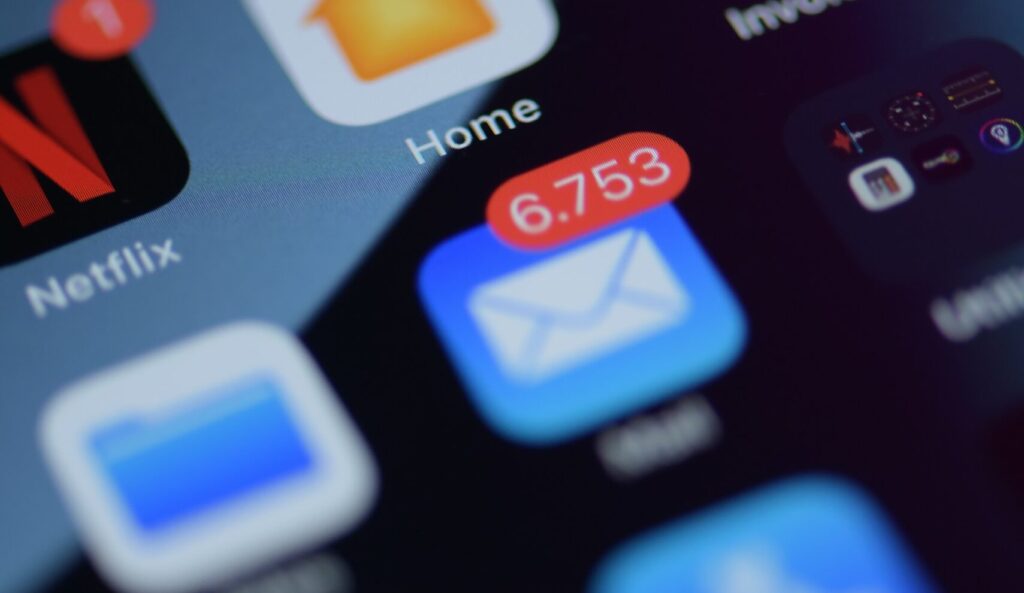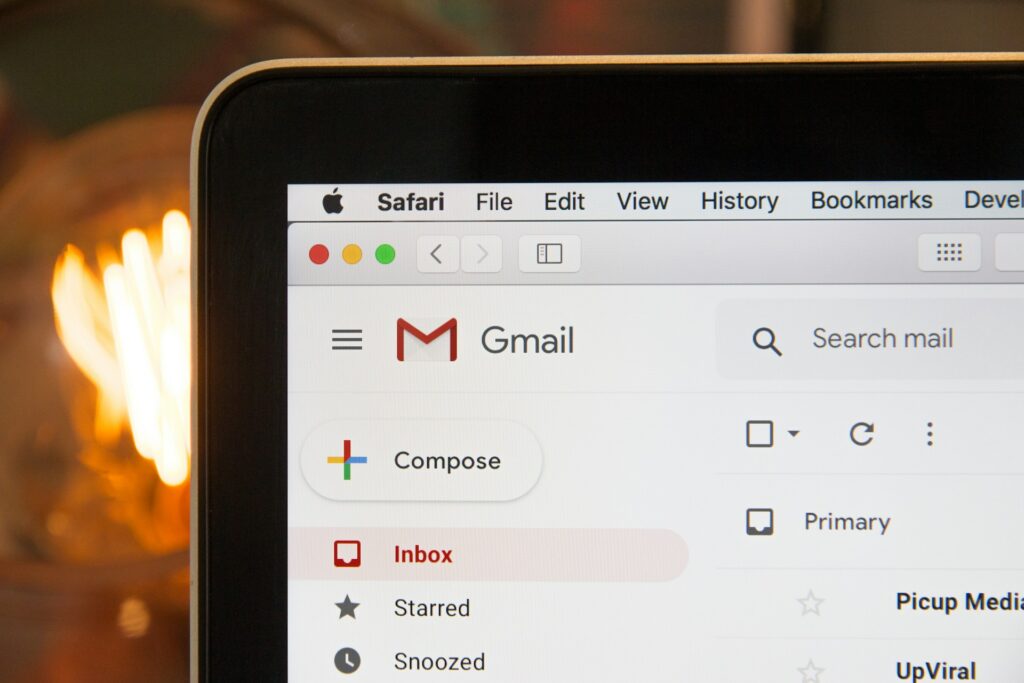You just sent what you think is the perfect email, maybe to a potential client, a hiring manager, or that coworker who always “forgets” to reply. You carefully crafted every word, hit send, and now… you wait. And wait.
And what do you get? Crickets. Lots of crickets. If your emails have ever disappeared into the void like socks in a dryer, you’re definitely not alone.
The truth is, the reason you’re not getting replies is way simpler and more surprising than you think. And no, it’s not about your killer proposal in paragraph three, but the first few words you wrote.
On average, office workers get over 120 emails a day. So, your message isn’t just being read; it’s being judged in a millisecond, alongside a hundred other messages all screaming for attention like toddlers in a candy store.
So, if you want to stop your emails from ending up in the digital black hole, let’s break down why they’re getting ignored, and more importantly, how to fix it without turning into a professional email whisperer.
Contents
- 1 The 3-Second Rule: Your Inbox is a Battlefield
- 2 The Real Reason No One Replies: It’s All in Your Head
- 3 The Everyday Email Habits That Are Killing Your Replies
- 4 How to Fix It: 4 Simple Email Openers That Actually Get Replies
- 5 Don’t Skip This Part: The Call to Action That Gets Replies
- 6 Your Secret Weapon: The AI Email Coach
- 7 A Final Thought
The 3-Second Rule: Your Inbox is a Battlefield

Think about how you check your own inbox. You’re mostly scanning, sorting, and deleting. You’re on the lookout for stuff to ignore, not read. This happens fast; your email has about three seconds to make an impression. In those few seconds, the person reading your email is asking themselves three questions:
- Who’s this from? (Do I know them?)
- What’s it about? (Is it something I care about?)
- What do they want? (Is this worth my time?)
If they don’t get clear, compelling answers right away, your email is toast. It’s just how we survive in a world overloaded with information. The real problem is that most of us write emails that are almost guaranteed to fail this quick “three-second test.”
The Real Reason No One Replies: It’s All in Your Head
Here’s the thing: our brains are wired to judge fast. We take mental shortcuts all the time, and one of the biggest is called the primacy effect. It means that whatever we see first shapes how we feel about everything that comes next.
Psychologist Solomon Asch showed this with a clever experiment. He gave two groups the same list of personality traits, but flipped the order. One started with “intelligent,” the other with “envious.” Even though the words were the same, people judged the first person way more positively. Just because of the order.
Emails work the same way. Your reader is forming an opinion before they even open it. That first impression comes from three things:
- Your name
- Your subject line
- Your opening line (the preview text they see in their inbox)
If any of those signals feel generic, boring, or lazy, the brain instantly labels your message as low-priority. Even if you’ve got something amazing to say in paragraph three, it won’t matter; they’ve already tuned out. That’s the real reason your emails aren’t getting replies.
The Everyday Email Habits That Are Killing Your Replies

Now that you know how much first impressions matter, you’ll start spotting these reply-killing mistakes everywhere, maybe even in your own “Sent” folder. These common phrases aren’t just unhelpful; they actually tell the reader, “This email can be ignored.”
The Vague Subject Line
These are the worst because they make the reader do the work. You’ve probably seen (or used) ones like:
- “Following up”
- “Checking in”
- “Quick question”
The job of a subject line is to promise value, not vagueness. These ones feel like a chore. They say, “Open this, read it, and figure out what I want.” In a crowded inbox, that’s a hard no.
The Autopilot Opener: “Hope you’re well”
This is the most common reason emails get ignored. Not because it’s rude, but because it’s invisible. It’s so overused that our brains don’t even register it anymore.
Starting with “Hope you’re well” wastes the most valuable part of your email, the opening line. That’s when you have the reader’s full attention, and instead of saying something meaningful, you’re saying… nothing. The same goes for phrases like:
- “Happy Monday!”
- “Hope your week is off to a great start.”
Unless you’re following it with something personal or specific, these lines just blend into the noise.
Also Check: Becoming Smart Is Easy, Actually: The Brain’s Shortcut to Insight That No One Taught You in School
How to Fix It: 4 Simple Email Openers That Actually Get Replies

So if “Hope you’re well” isn’t cutting it, what should you say instead? A strong opening line feels personal, clear, and intentional. It tells the reader right away why you’re reaching out—and why they should keep reading.
Here are four easy, effective ways to start your email that set the right tone and boost your chances of getting a response:
1. Reference a Shared Touchpoint
If you’ve had any prior contact, even a quick chat or meeting, use it. It gives your email instant context and makes it feel warmer.
- “It was great talking with you at the [Event Name] last week.”
- “Thanks again for your input during yesterday’s team call.”
2. Show Positive, Forward-Looking Energy
Use action words and show momentum. This works well when you want to sound engaged, collaborative, and focused on the next step.
- “Excited to move this forward—just wanted to share a quick update.”
- “I’ve been thinking about our chat and had an idea I wanted to run by you.”
3. Acknowledge Their Reality
You don’t have to ignore the fact that you’re reaching out during a busy time. Acknowledging it shows respect for their time and makes them more receptive.
- “I know things are hectic this time of year, so I’ll keep this short.”
- “Reaching out ahead of next week’s deadlines to make sure we’re aligned.”
4. Make It About Them
This is your strongest move, especially in outreach or networking. Show them you’ve done your homework and this message is for them, not just anyone.
- “Congrats on the recent product launch! It’s getting a lot of well-deserved buzz.”
- “I saw your LinkedIn post on remote team culture—really appreciated your take.”
Don’t Skip This Part: The Call to Action That Gets Replies

Even a perfectly opened email can fail if the recipient doesn’t know what to do next. Every email should have one clear, simple Call to Action (CTA). Don’t make them think.
Weak CTA: “Let me know your thoughts.”
👉 Vague and open-ended. Now they have to figure out what to respond to and how.
Stronger CTA: “Can you answer these two quick questions?”
👉 Clear, specific, and easy to do.
Weak CTA: “Let me know what time works for you.”
👉 This kicks off an endless back-and-forth.
Stronger CTA: “Here’s my calendar, grab a 15-minute slot that works for you.”
👉 One link. One click. No friction.
Your Secret Weapon: The AI Email Coach

Remembering all these email tips can feel like a lot. The good news is you don’t have to do it alone. There are AI-powered tools out there (like Lavender and Regie.ai) that act like your personal email coach, right inside your inbox.
These tools give you real-time feedback as you write. They’ll score your email and suggest quick fixes for things like subject line strength, sentence clarity, tone and readability, and personalization
Think of them as smart assistants that help you sound clearer, confident, and human, without overthinking it. Over time, you’ll start picking up the habits yourself. It’s like training wheels for writing emails that actually get replies.
Read: Want to Be Smarter? Read These 13 Books That Reprogram Your Brain
A Final Thought
If your emails keep getting ghosted, don’t worry it’s (probably) not you. People aren’t being rude; their brains are just fried.
Between endless Zoom calls, overflowing inboxes, and whatever chaos is happening in their Slack channels, your beautifully written email is just… white noise.
But it’s not a lost cause. With a few clever tweaks, like ditching the “Hope you’re well” and leading with something that actually makes them care, you can break through the digital clutter. So try one of these tricks in your next important email.
Worst case? You still get ignored. Best case? You get a reply that isn’t just “Thanks!”